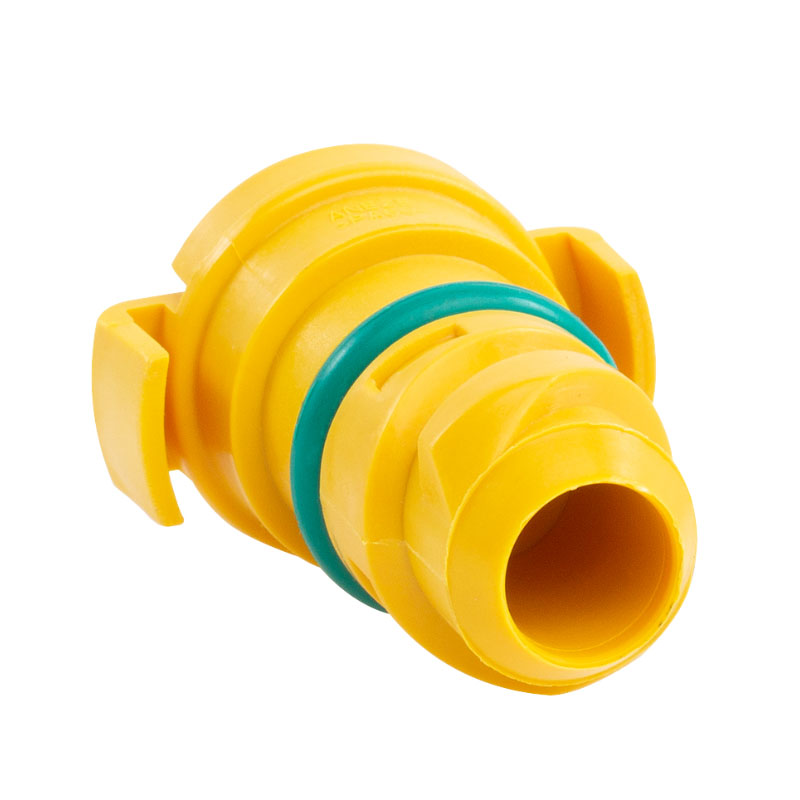transmission oil cooler seals
Understanding Transmission Oil Cooler Seals
Transmission oil cooler seals play a crucial role in the efficient operation of a vehicle's transmission system. These seals are essential components that help maintain the integrity of the transmission fluid circuit, ensuring that the fluid is effectively cooled. When a vehicle operates, the transmission fluid can heat up due to friction and other factors. An oil cooler helps dissipate this heat, but the seals are what keep the system airtight and functional.
The primary function of transmission oil cooler seals is to prevent leaks. They are typically made from durable materials like rubber or synthetic compounds, which can withstand the high temperatures and pressures inherent in a vehicle's transmission system. If these seals become worn or damaged, transmission fluid can leak out, leading to lower fluid levels and decreased transmission efficiency. This can result in poor shifting performance and even severe transmission damage if not addressed promptly.
Moreover, the integrity of these seals is vital for maintaining pressure within the transmission system. A drop in pressure can lead to improper fluid flow, causing the transmission to overheat. Over time, overheating can cause the transmission components to wear prematurely, leading to costly repairs or even full transmission failure. This underlines the importance of routine maintenance checks, where technicians can inspect the seals for signs of wear, cracks, or other issues.
transmission oil cooler seals

Replacing transmission oil cooler seals is a relatively straightforward process, but it requires attention to detail. Technicians often recommend replacing all seals whenever a transmission cooler is serviced, as this ensures that all components in the system operate effectively and reduces the risk of future leaks. Choosing high-quality seals that are specifically designed for the vehicle in question can also enhance longevity and performance.
Additionally, vehicle owners should be aware of the signs that may indicate a problem with the transmission oil cooler seals. Common symptoms of leaking seals include puddles of transmission fluid under the vehicle, a decrease in transmission fluid levels, or erratic shifting behavior. If any of these symptoms occur, it’s advisable to consult a professional mechanic promptly to prevent further damage to the transmission.
In conclusion, transmission oil cooler seals are an integral component of a vehicle's transmission system, working to prevent leaks and maintain proper pressure and fluid flow. Regular maintenance and timely replacement of these seals are essential practices that can significantly extend the life of the transmission and improve overall vehicle performance. By understanding the importance of these seals, vehicle owners can better appreciate the complexities of their transmission systems and the need for regular service.
-
The Ultimate Guide to Car Repair Kits: Tools and Essentials Every Driver Should Own
News Aug.01,2025
-
The Complete Guide to Oil Pan Gaskets: Sealing Engine Leaks the Right Way
News Aug.01,2025
-
Preventing Oil Leaks: A Complete Guide to Oil Pan Gaskets and Drain Seals
News Aug.01,2025
-
Everything You Need to Know About Oil Pan Gaskets and Drain Plug Seals
News Aug.01,2025
-
Essential for Car Owners: How to Use a Car Repair Kit to Deal with Minor Breakdown
News Aug.01,2025
-
Comprehensive Guide to Engine Oil Sump Gaskets and Related Seals
News Aug.01,2025
-
The Ultimate Guide to Boat Propeller Bearings and Trailer Wheel Bearings
News Jul.31,2025
Products categories















